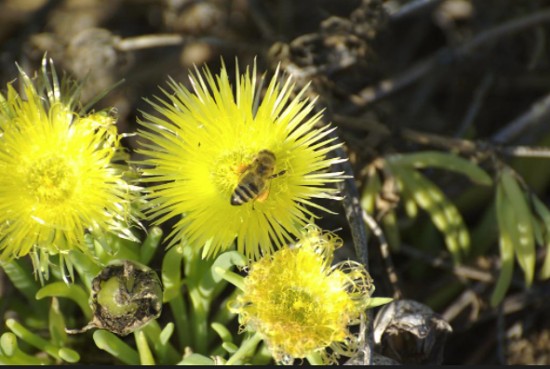We really don’t know enough about how climate change is impacting the botanical world. As described in Nature Climate Change last month, global warming is affecting not just the seasonal behaviour of plants but also causing a mismatched response between what grows above the ground, and what happens underneath.
In a study appearing on December 20, 2021, researchers from the East China Normal University, Lanzhou University, and Zhejiang A&F University, in China along with colleagues from the University of Exeter, in the UK, and the University of Bern in Switzerland, describe a previously unknown phenomenon in plant responses to climate warming.
It turns out that plants like grasses and ferns (classified as herbaceous) respond differently than trees (classified as woody) in terms of the way they grow. This differing response impacts terrestrial carbon cycling meaning we need to rethink how we use nature to help us mitigate atmospheric carbon emissions.
Based on anecdotal and casual observations of nature as the planet warms, we relate global warming to changes in the growing cycles of plants as climate zones shift poleward and move to higher elevations. Longer growing seasons, and changes in precipitation patterns and temperatures impact plants. We observe earlier flowering, fruiting, and seeding than in the past. And this is a problem for ecosystems.
For example, insects and other animals dependent on normal seasonal patterns may emerge from hibernation or hatch later than when the food sources they depend on have become less abundant. This affects reproductivity and populations.
The impact higher up in the food chain involves birds, mammals, and reptiles dependent on not just the plants but also a healthy insect population for food. So although we humans may welcome longer growing seasons, the ramifications for nature can be dire.
The paper that appeared in Nature Climate Change is entitled, “Phenological mismatches between above- and belowground plant responses to climate warming.” It specifically describes a mismatch between how plants grow above and below ground in response to global warming. Where herbaceous plants appear largely unaffected both above and below ground by a longer growing season with the two remaining aligned, woody plants experience a difference. Above growing remain the same, but below ground, trees experience an extended growing season leading to increased root growth and greater biomass in the soil.
What this means for our understanding and calculations related to sequestration through the planting of trees is that we need to further study forests as a carbon sink. Even more, it will require botanists and ecologists to revisit models to map carbon, water, and plant energy flows so that we can better develop strategies for stabilizing ecosystems in our battle to mitigate and reverse global warming.
Other plant studies report that global warming is making plants thirstier impacting the regulation of the water cycle. And increases in atmospheric carbon dioxide (CO2) from greenhouse gas emissions is also directly impacting evapotranspiration rates (the amount of water plants release to the atmosphere through their pores). Other studies note that plants thicken their leaves by as much as a third in the presence of more atmospheric CO2 which translates to increasing biomass. But another observed phenomenon is more problematic. It appears that when plants thicken they are less effective in sequestering carbon.
So what all the above tells us is that we know what we know, but need to know a lot more about plant behaviours if we are going to use their natural carbon sink properties to get the climate change fight done right.
















